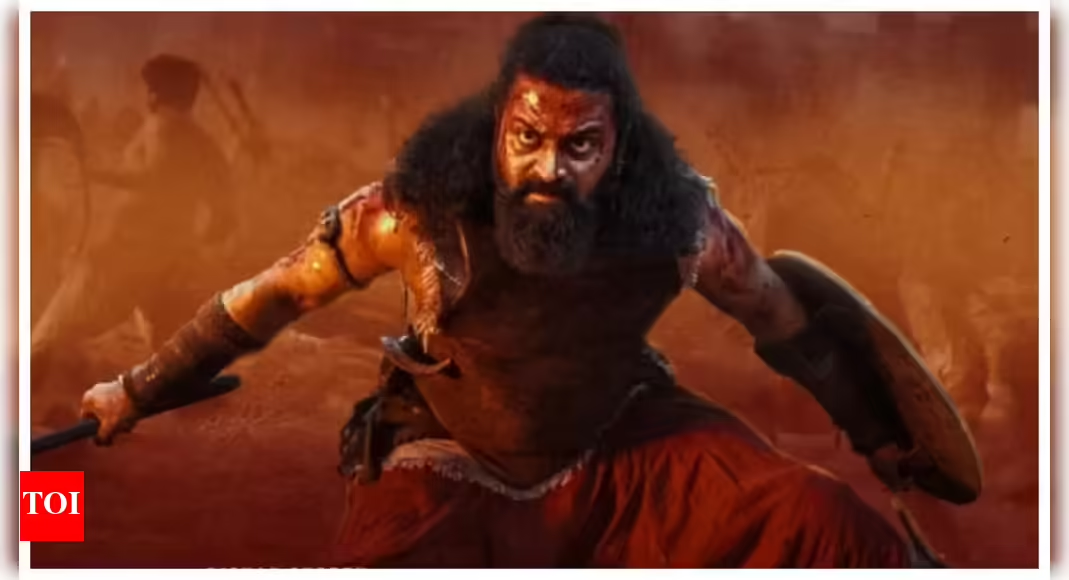Kantara Chapter 1: A Box Office Sensation Approaches ₹500 Crore Mark
Introduction
In a cinematic landscape often dominated by blockbusters, Kantara Chapter 1 has emerged as a remarkable underdog. With an evolving storyline and a gripping narrative, Rishab Shetty’s film has resonated deeply with audiences, raking in an impressive ₹485.40 crore at the Indian box office and steadily marching towards the ₹500 crore milestone.
A Strong Start and Continued Buzz
Upon its release, Kantara Chapter 1 made a thunderous impact, grossing ₹61.85 crore on its opening day alone. It brought a fresh perspective, integrating rich cultural roots with a compelling storyline. Over the course of its run, the film maintained solid weekday performances, reaching an impressive ₹78.75 crore over its second weekend. However, a slight dip in weekdays has raised eyebrows among critics and fans alike.
Despite the fluctuations, the film’s cumulative box office figures are nothing short of astounding. Surpassing major releases, it stands as the second-highest-grossing film of the year, just behind Chhaava, which has set a formidable pace with a staggering ₹601.54 crore in India.
Charting the Box Office Journey
Here’s a quick look at its day-wise earnings:
- Day 1: ₹61.85 crore
- Day 2: ₹45.40 crore
- Total (Week 1): ₹337.40 crore
- Day 9 (2nd Friday): ₹22.00 crore
- Day 15: An estimated ₹9 crore
As the weekend draws near, industry experts anticipate a revival in box office income, suggesting fans are eager to revisit this cinematic experience.
Gulshan Devaiah’s Journey in Kantara
In addition to Shetty’s powerful lead, actor Gulshan Devaiah’s portrayal of a flawed character adds an intriguing layer. He recently shared his passionate reasoning for accepting a negative role, emphasizing the necessity of exploring complex characters. “Never say never to negative parts unless that character compels you. This is applicable everywhere, and it’s fascinating,” he noted in an interview.
Expert Insight
As audiences increasingly seek authenticity in storytelling, Kantara embraces this trend, showcasing that both flawed heroes and layered antagonists can create a tapestry of relatable cinema. The film’s ability to balance commercial success with rich, cultural narratives offers filmmakers an encouraging blueprint for future projects.
Conclusion
Kantara Chapter 1 is more than just a box office success; it’s a cultural phenomenon, illustrating how storytelling can connect deeply with audiences. With its compelling performances and socio-cultural themes, the film serves as a reminder that the heart of cinema often beats strongest in narratives that are both entertaining and thought-provoking.




